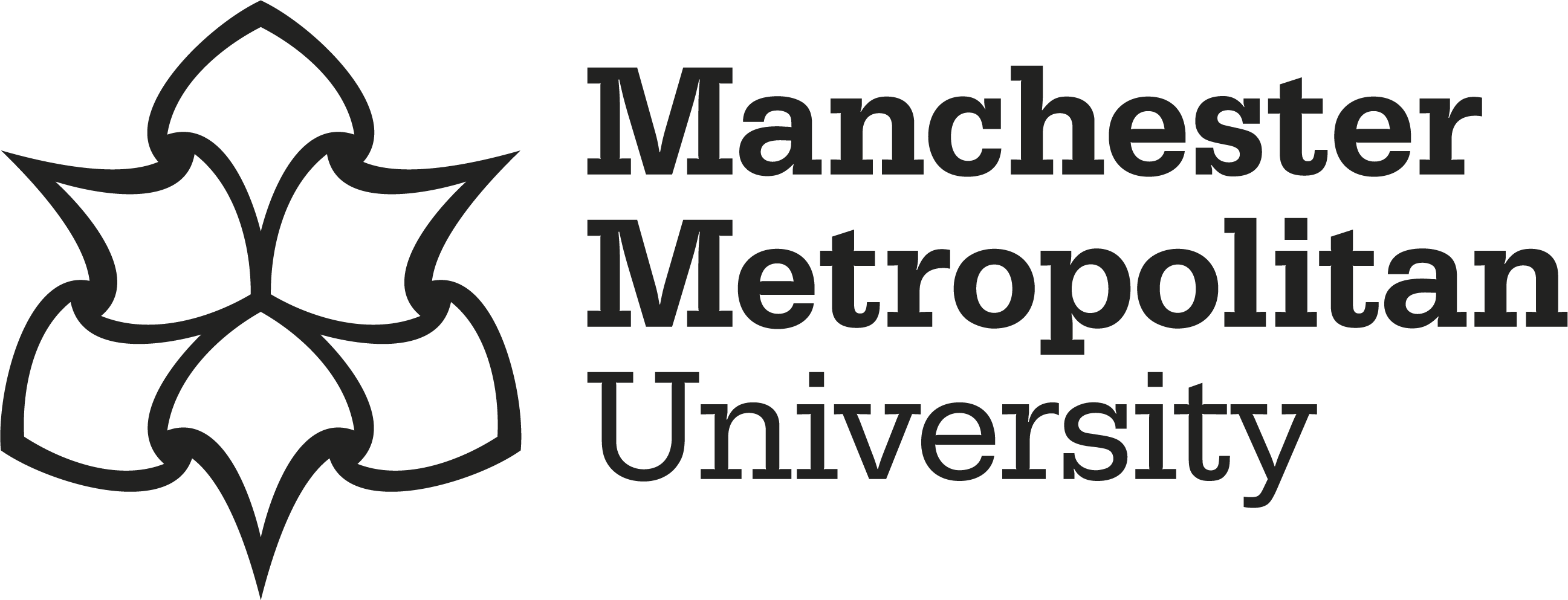Naznine, Mansura, Nahiduzzaman, Md., Karim, Md. Jawadul 



|
Published Version
Available under License Creative Commons Attribution Non-commercial No Derivatives. Download (27MB) | Preview |
Abstract
The accelerating global population growth and expanding economic activities have resulted in a notable increase in waste generation, necessitating accurate and efficient waste classification systems for sustainable waste management. This research presents a novel two-stage waste classification model leveraging a Lightweight Parallel Depth-wise Separable Convolutional Neural Network (PLDs-CNN), combined with a Ridge Regression Extreme Learning Machine (Ridge-ELM) classifier, using waste images as input. The proposed system efficiently classifies waste into four primary categories (hazardous, household, recyclable, and residual) in the first stage and further refines the classification into twelve subcategories in the second stage. Featuring a lightweight architecture of nine layers and about 1.09 million parameters, the PLDs-CNN model achieves high accuracy with substantially reduced computational overhead, outperforming many deeper networks. In the four-class classification stage, the system achieves an average accuracy of 99 %, with precision, recall, F1-score, and receiver operating characteristics (ROC)-area under the curve (AUC) values of 97.25 ± 0.02 %, 96 ± 0.03 %, 96.5 ± 0.01 %, and 99.28 %, respectively. In the twelve-class classification, the model continues to deliver superior results, with 96 % accuracy and equally strong precision, recall, and F1-score metrics. The system is supported by a real-time hardware architecture, featuring a user-centric Graphical User Interface (GUI), a webcam-enabled conveyor belt sorting mechanism, and a 2-axis pan-tilt system for automated waste sorting. Additionally, the model's interpretability is significantly improved through the integration of Shapley Additive Explanations (SHAP), which provides important perspectives into the decision-making process, increasing transparency and trustworthiness in real-world applications. The proposed framework not only surpasses conventional methods in both accuracy and computational efficiency but also emphasizes sustainability by facilitating cost-effective and scalable waste management solutions aimed at promoting recycling and resource reuse.
Impact and Reach
Statistics
Additional statistics for this dataset are available via IRStats2.


